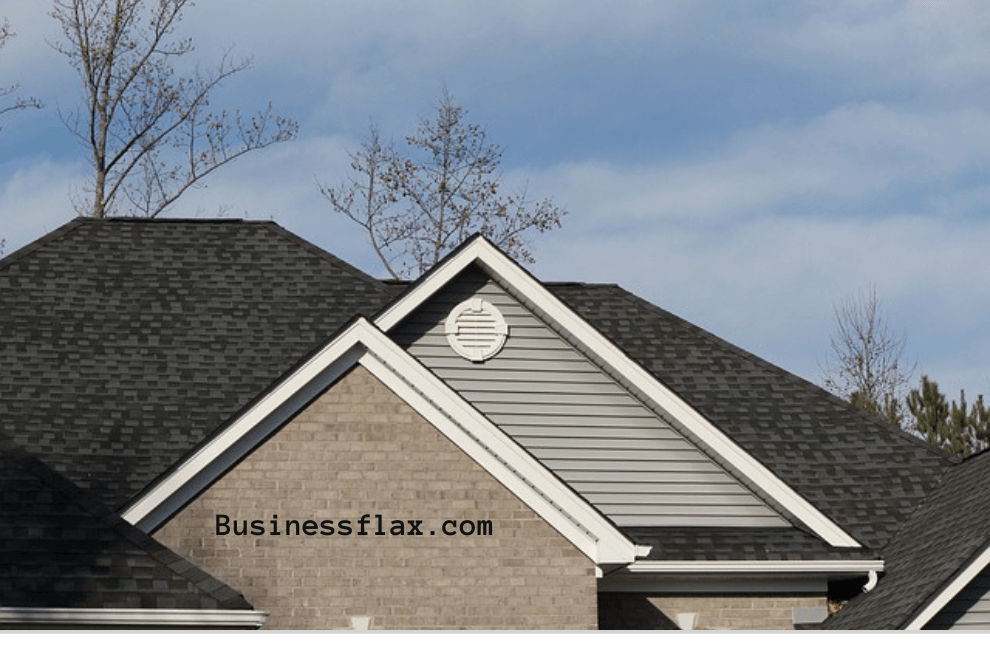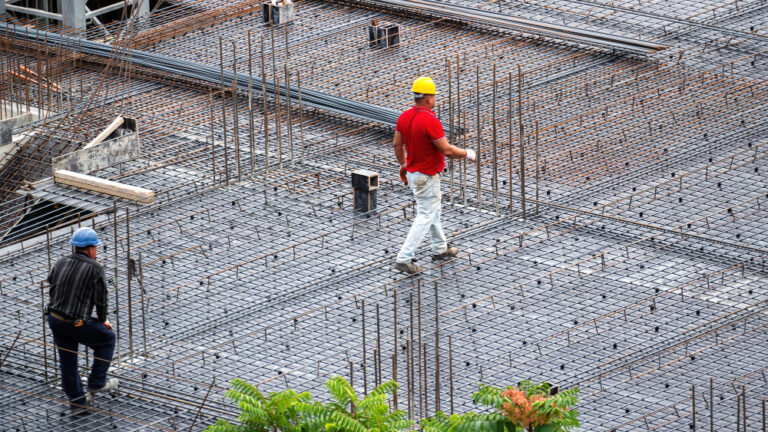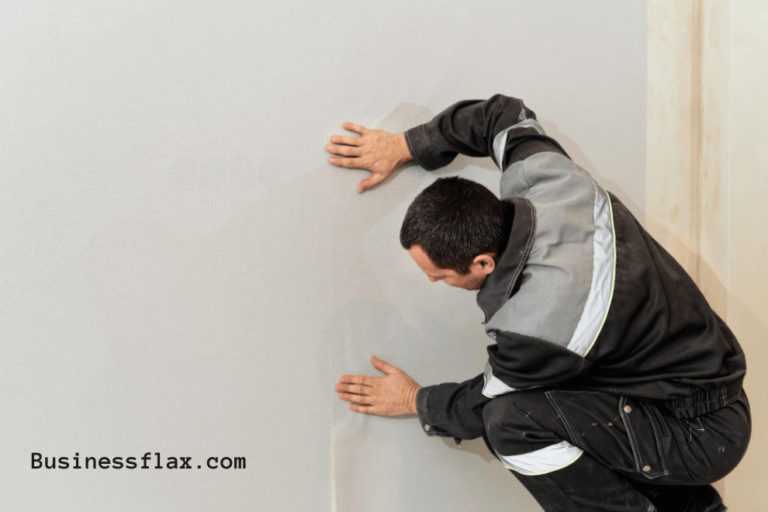Understanding Hipped and Gabled Roofs: A Comprehensive Guide

When it comes to designing and constructing a building, the roof is one of the most crucial elements. It not only provides shelter but also significantly affects the overall aesthetics and functionality of the structure. Among the various types of roofs, hipped and gabled roofs are two of the most popular choices. This article delves into the intricacies of hipped and gabled roofs, comparing their design, advantages, disadvantages, and applications to help you make an informed decision for your next construction project.
Read Also: Dye on Wood
What is a Hipped Roof?
Design and Structure
A hipped roof, also known as a hip roof, features slopes on all four sides. These slopes are typically of equal length and meet at the top to form a ridge. The sides of the roof are called “hips,” and they create a pyramidal or trapezoidal shape, depending on the building’s footprint. This design is highly regarded for its stability and resilience, particularly in areas prone to high winds and heavy snowfall.
Advantages of Hipped Roofs
One of the primary advantages of hipped roofs is their durability. The sloping design allows for efficient water runoff, reducing the risk of leaks and water damage. Additionally, hipped roofs are more stable in high-wind areas due to their aerodynamic shape, which minimizes wind uplift. The even distribution of weight across the structure also enhances its overall stability. Another significant advantage is the aesthetic appeal. Hipped roofs provide a clean and symmetrical look, which can complement various architectural styles. They also offer additional living or storage space in the form of an attic, which can be utilized for various purposes.
Disadvantages of Hipped Roofs
Despite their numerous benefits, hipped roofs are not without their drawbacks. One of the main disadvantages is the complexity of their design and construction. This complexity often translates into higher costs for both materials and labor. Additionally, the sloping sides can limit the amount of usable space in the upper levels of the building, which may not be ideal for certain applications. Hipped roofs also require more maintenance compared to simpler roof designs. The multiple slopes and ridges can create more opportunities for debris accumulation, which can lead to potential issues if not regularly cleaned and inspected.
What is a Gabled Roof?
Design and Structure
A gabled roof, also known as a pitched or peaked roof, features two sloping sides that meet at a central ridge, forming a triangular shape. The vertical walls at the ends of the building are called “gables,” and they give the roof its distinctive appearance. This design is one of the most common and recognizable roof styles, often seen in residential and commercial buildings alike.
Advantages of Gabled Roofs
One of the most significant advantages of gabled roofs is their simplicity. The straightforward design makes them easier and more cost-effective to construct compared to more complex roof types. This simplicity also translates into lower maintenance requirements, as there are fewer areas for debris to accumulate. Gabled roofs are highly effective at shedding water and snow, thanks to their steep slopes. This makes them an excellent choice for regions with heavy precipitation. Additionally, the triangular shape allows for ample attic space, which can be used for storage or converted into living areas. Another advantage is the versatility in design. Gabled roofs can be easily adapted to various architectural styles and can be combined with other roof types to create unique and visually appealing structures.
Disadvantages of Gabled Roofs
While gabled roofs have many benefits, they also come with certain disadvantages. One of the main concerns is their vulnerability to high winds. The large, flat gable ends can act as a sail, catching the wind and potentially causing damage or even lifting the roof off the building. This makes them less suitable for areas prone to hurricanes or strong storms. Another potential drawback is the limitation on headroom in the attic space. The steep slopes can reduce the amount of usable vertical space, which may not be ideal for all applications. Additionally, the design may require additional support structures to ensure stability, which can increase construction costs.
Comparing Hipped and Gabled Roofs
Aesthetic Considerations
When it comes to aesthetics, both hipped and gabled roofs offer distinct advantages. Hipped roofs provide a clean, symmetrical look that can enhance the overall appearance of a building. This makes them a popular choice for traditional and modern architectural styles alike. On the other hand, gabled roofs offer a more classic and timeless appearance. The triangular shape is instantly recognizable and can add character to various building designs. Gabled roofs also provide more opportunities for creative expression, as they can be combined with other roof types or embellished with decorative elements such as dormer windows.
Structural Considerations
From a structural standpoint, hipped roofs are generally more stable and resilient, particularly in areas with high winds or heavy snowfall. The sloping design distributes weight evenly and minimizes wind uplift, making them a reliable choice for challenging weather conditions. Gabled roofs, while simpler and more cost-effective to construct, may require additional support structures to ensure stability in high-wind areas. The large, flat gable ends can be vulnerable to wind damage, so it’s essential to consider this factor when choosing a roof type for your building.
Cost Considerations
Cost is always a significant factor in any construction project. Hipped roofs tend to be more expensive due to their complex design and the additional materials and labor required for construction. However, their durability and stability can offset these initial costs by reducing long-term maintenance and repair expenses. Gabled roofs, with their straightforward design, are generally more affordable to construct. The lower initial cost can make them an attractive option for budget-conscious projects. However, it’s essential to factor in potential maintenance and repair costs, particularly in areas with challenging weather conditions.
Applications of Hipped and Gabled Roofs
Residential Buildings
Both hipped and gabled roofs are commonly used in residential construction. Hipped roofs are often seen in traditional and modern homes, where their symmetrical design and stability are highly valued. They are particularly popular in regions with harsh weather conditions, as their resilience provides added peace of mind for homeowners. Gabled roofs are a staple of residential architecture, offering a classic and timeless look that suits various home styles. Their simplicity and cost-effectiveness make them a popular choice for new construction and renovation projects alike. Gabled roofs are also ideal for homes with attic spaces, providing additional living or storage areas. You can also ready here about Home Renovation write for us.
Commercial Buildings
In commercial construction, the choice between hipped and gabled roofs often depends on the specific requirements of the project. Hipped roofs are favored for their stability and durability, making them a reliable choice for buildings in high-wind or heavy snowfall areas. Their aesthetic appeal can also enhance the overall look of commercial properties, such as hotels, offices, and retail spaces. Gabled roofs, with their straightforward design, are often used in commercial buildings where cost-effectiveness and simplicity are essential. Warehouses, industrial buildings, and smaller commercial properties can benefit from the practical advantages of gabled roofs, including efficient water runoff and ample attic space.
Historical and Cultural Significance
Both hipped and gabled roofs have historical and cultural significance, with each style being associated with different architectural traditions. Hipped roofs have been used for centuries in various cultures, including Japanese and European architecture. Their symmetrical design and stability have made them a lasting choice for traditional and modern buildings alike. Gabled roofs, with their iconic triangular shape, have been a hallmark of Western architecture for centuries. They are commonly seen in historic buildings, such as churches, barns, and colonial homes. The timeless appeal of gabled roofs continues to influence contemporary architectural designs, making them a versatile and enduring choice.
Conclusion
Choosing between a hipped and gabled roof involves carefully considering various factors, including aesthetics, structural stability, cost, and specific project requirements. Both roof types offer distinct advantages and disadvantages, making them suitable for different applications. By understanding the intricacies of hipped and gabled roofs, you can make an informed decision that meets your needs and enhances the overall quality of your building.
FAQs
What is the main difference between a hipped and gabled roof?
The main difference lies in their design. A hipped roof has slopes on all four sides that meet at a ridge, creating a pyramidal or trapezoidal shape. A gabled roof features two sloping sides that meet at a central ridge, forming a triangular shape.
Which roof type is more durable?
Hipped roofs are generally more durable due to their sloping design, which allows for efficient water runoff and reduced wind uplift. This makes them more stable in high-wind areas compared to gabled roofs.
Are hipped roofs more expensive than gabled roofs?
Yes, hipped roofs tend to be more expensive due to their complex design and the additional materials and labor required for construction. However, their durability and stability can offset these initial costs by reducing long-term maintenance and repair expenses.
Can gabled roofs be used in high-wind areas?
While gabled roofs can be used in high-wind areas, they may require additional support structures to ensure stability. The large, flat gable ends can be vulnerable to wind damage, so it’s essential to consider this factor when choosing a roof type for such regions.
Which roof type offers more attic space?
Both hipped and gabled roofs can provide attic space, but gabled roofs generally offer more usable vertical space due to their steep slopes. This makes them ideal for homes with attic spaces that can be used for storage or converted into living areas.






